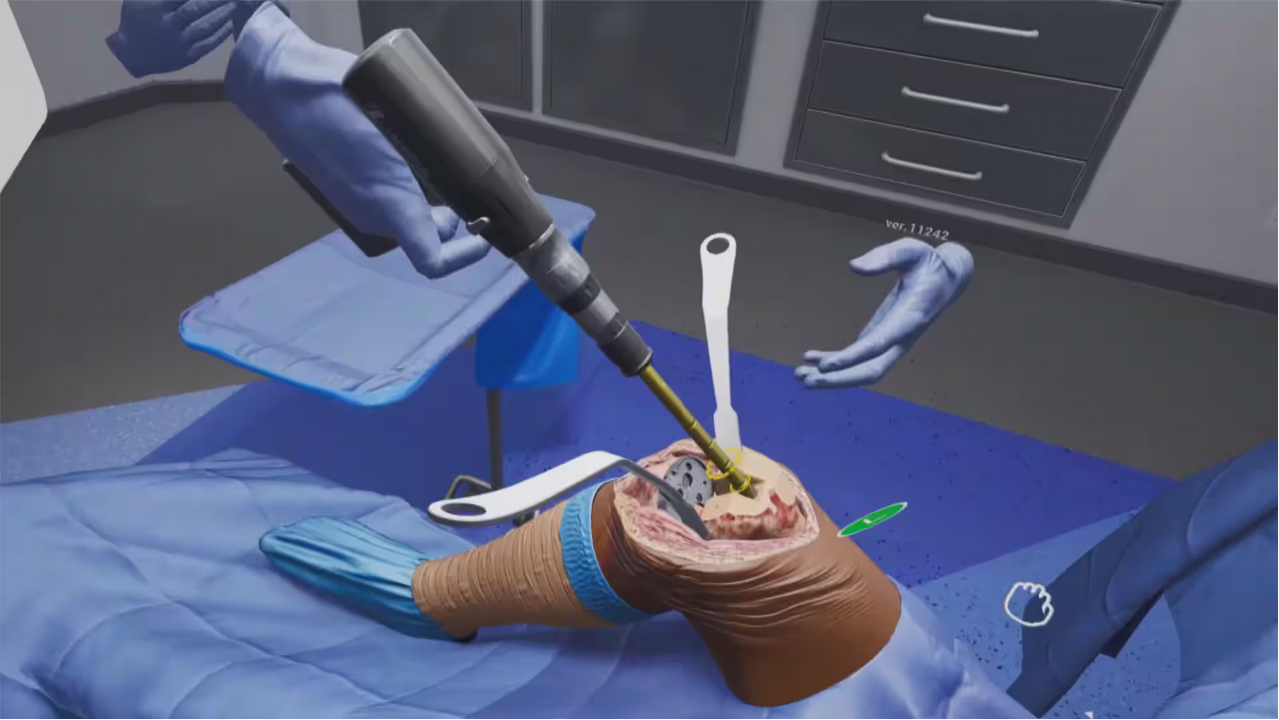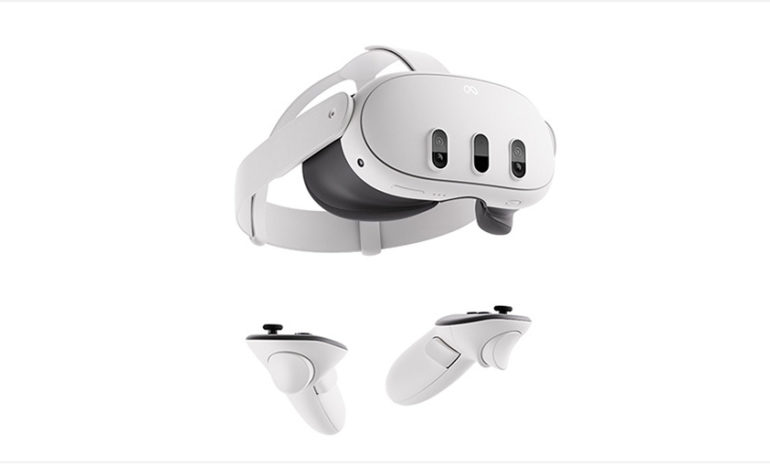The rapid advancements in technology have introduced transformative changes across various sectors, with healthcare being one of the most significant beneficiaries. Among the cutting-edge technologies, Virtual Reality (VR) stands out as a revolutionary tool in healthcare training. VR offers immersive, interactive, and realistic simulations, providing healthcare professionals with unprecedented opportunities for skill enhancement, procedural practice, and patient interaction.
Revolutionizing Healthcare Training with VR
Virtual Reality creates a simulated environment that allows healthcare professionals to virtually simulate performing procedures, diagnose conditions, and interact with virtual patients in a risk-free setting. This immersive experience is particularly valuable in training for complex and high-stakes medical procedures. Here are some key applications of VR in healthcare training:
- Surgical Training: Surgeons can practice intricate procedures repeatedly in a VR environment, honing their skills without the risk of harming patients. This repetitive practice is crucial for developing precision and confidence in real-life surgeries.
- Emergency Response: VR simulations can recreate emergency scenarios, enabling healthcare workers to practice their response to critical situations such as cardiac arrests, trauma incidents, and natural disasters. This helps improve decision-making, speed, and coordination under pressure.
- Anatomy Education: Medical students can explore the human body in 3D, gaining a deeper understanding of anatomy and physiology. VR allows for interactive dissection and visualization, making learning more engaging and effective.
- Patient Interaction: VR can simulate patient interactions, allowing medical professionals to practice communication skills, bedside manner, and empathy. This is particularly useful for training in handling sensitive situations and dealing with diverse patient populations.
Above are some of the areas Nigeria and other African countries in particular stands to benefit with the adoption of VR in education and training. The Nigerian Medical Association (NMA) is well positioned to be a strong advocate for the adoption of VR in our Universities and Colleges.

Real-Life Case Study: Stanford Medicine
Stanford Medicine is integrating VR into their medical training programs. They developed a VR platform called “Stanford Virtual Heart,” which allows students to explore the complexities of congenital heart defects. This innovative tool provides an immersive experience where students can visualize and interact with 3D models of the heart, improving their understanding of cardiac anatomy and pathologies. According to David Sarno, founder of Lighthaus Inc., cardiologists from around the world who have tried the program have agreed on VR’s potential to reshape medical education, including cardiology.
Dr. David M. Axelrod, a clinical assistant professor of pediatric cardiology at Stanford University School of Medicine, stated in a video presentation, ‘The heart is a complicated three-dimensional organ, and it’s really hard to describe what’s going on inside of it—especially when something is wrong’…” (Stanford Children’s Health, The Stanford Virtual Heart, n.d.).See. link to video
In a notable case, Dr. David M. Axelrod used the Stanford Virtual Heart to explain a complex heart condition to the parents of a young patients. The VR simulation helped the parents comprehend the surgical procedure, alleviating their anxiety and enhancing their trust in the medical team. This example underscores the power of VR in bridging the gap between medical professionals and patients, facilitating better communication and understanding.
Implications for the Developing World: A Focus on Nigeria
The potential of VR in healthcare training extends beyond developed countries, offering significant benefits to the developing world, including Nigeria. Here are some implications:
- Addressing Training Gaps: Nigeria, like many developing nations, faces challenges in healthcare education due to limited resources and infrastructure. VR can bridge these gaps by providing accessible, high-quality training to medical students and professionals, irrespective of their geographical location.
- Improving Surgical Skills: In regions with limited access to advanced surgical training facilities, VR offers an alternative for surgeons to practice and refine their skills. This can lead to improved surgical outcomes and reduced mortality rates.
- Enhancing Emergency Preparedness: VR simulations can help healthcare workers in Nigeria prepare for emergencies and epidemics, improving their ability to respond effectively. This is particularly important in a country with diverse health challenges, including infectious diseases and natural disasters.
- Cost-Effective Training: Traditional medical training often involves expensive equipment and resources. VR provides a cost-effective solution, reducing the need for physical models and equipment while offering scalable training options.
Conclusion
Virtual Reality is revolutionizing healthcare training by providing immersive, interactive, and cost-effective solutions. The case study from Stanford Medicine highlights the tangible benefits of VR, while its implications for developing countries like Nigeria underscore its potential to bridge training gaps and improve healthcare outcomes. As VR technology continues to advance, its integration into healthcare training will undoubtedly play a crucial role in shaping the future of medical education and practice.
In conclusion, the adoption of VR in healthcare training represents a significant leap forward, offering unparalleled opportunities for skill development, patient interaction, and emergency preparedness. For countries like Nigeria, embracing VR could be a game-changer in addressing healthcare challenges and improving the quality of medical education and services.
Sources:
1. Stanford Children’s Health. (n.d.). The Stanford Virtual Heart. https://www.stanfordchildrens.org/en/research-innovation/virtual-reality/stanford-virtual-heart.html 2. Stanford Medicine. (2017, February 22). The Stanford Virtual Heart – Lucile Packard Children’s Hospital Stanford [Video]. YouTube. https://www.youtube.com/watch?v=xW1EMBVmAW4


